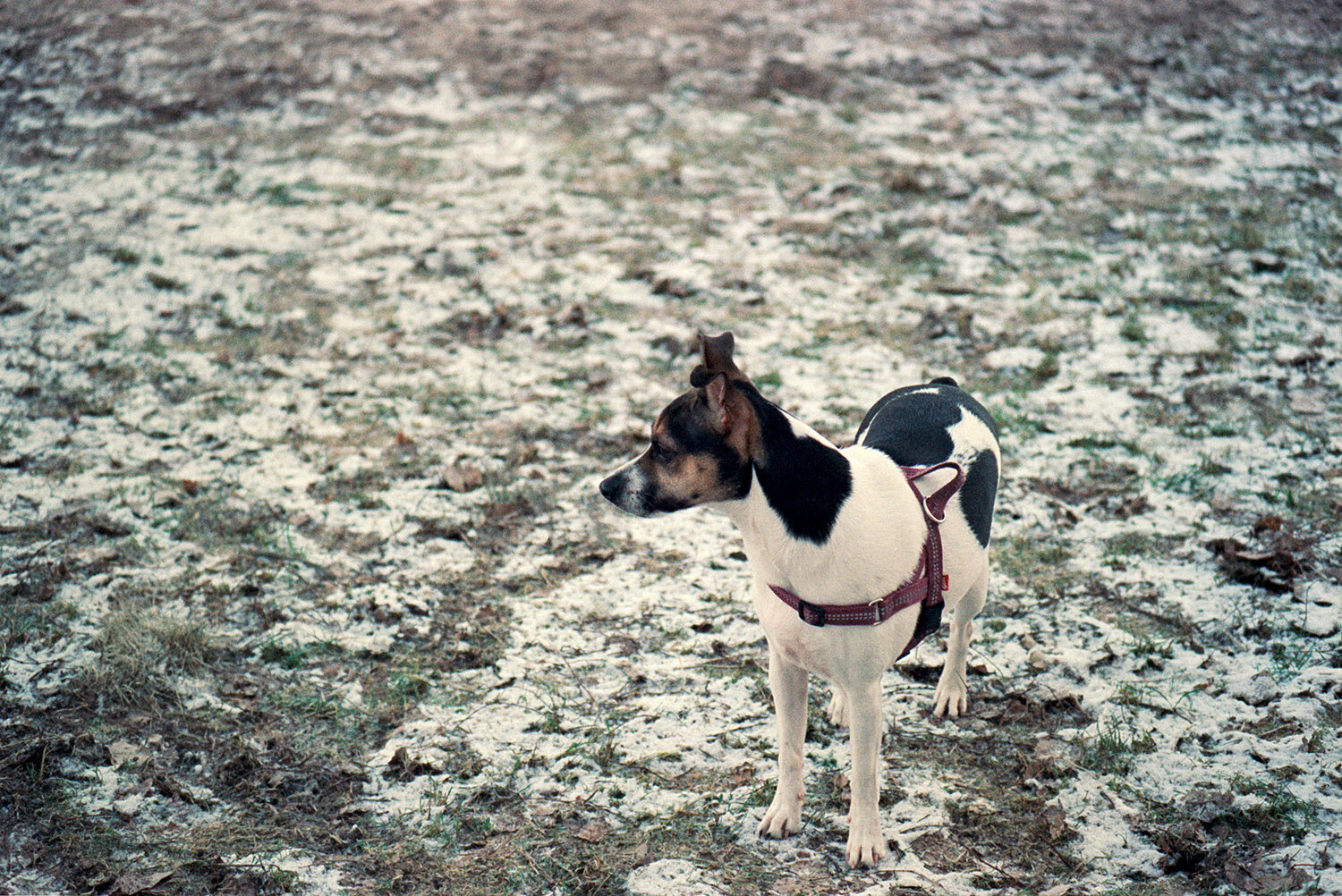Cinefilms are all the rage. During a time which film is getting more and more expensive, people who are willing to experiment have started looking for other means to get cheap color photography done.
The idea is not new, Seattle FilmWorks had the same idea back in the late 70s already, what if you took cine film, bought it in bulk, and sold that instead. The problem is that cine film is made for a different process, and the film is covered on one side by a carbon layer, called rem-jet, which will mess upp regular film development machines.
Fast forward to the past few years, and another situation arose, where we no longer had access to Tungsten based c41 film. Tungsten film is color balanced differently, basically for studio lights which are warmer (more yellow), so to compensate for this the film is cooler (more blue). This can give cool effects with regular photography, but also suits particularly well for taking night time pictures of stuff in cities, where you are surrounded by lights with different color temperature.
Cinestill got the great idea of removing this remjet before putting the film in the package, so it could be developed by regular machines, and this became a big hit. The problem was, that the remjet layer that now was removed, also served as an anti-halo layer, so every time you had a very bright light in shot, the light would “bleed” into the surrounding area as a big red blob. For me, this looks really bad, and I do not care for this “halo” look.
Other issues were that they had a lot of QC issues, people all over the world complained about weird streaks in their shots that spanned the entire roll of film. Also, since it was cross processed, the tones were a little bit off, you get a slight cyan cast to everything that is difficult to fix in post.
But the idea still intrigued me, the cine films sure can be found cheaply, especially in bulk.. and I have seen lots of fantastic looking pictures taken with cine stocks.
While I was in Taipei earlier this year I came across a photo store that sold various cinefilms for even less than I have seen on ebay, so I decided to buy a little bag of them, maybe some 15 rolls. Then when I came home I started looking for ways to get hold of smaller quantities of ECN-2 developer. Actually, it seems, that getting hold of the various chemicals and mixing it up yourself is not that difficult. The per liter price of doing it this way would be around €2/l, which is very cheap, considering the film already to begin with is cheap.
However, I found a kind gentleman in the UK who had the real Kodak stuff in a very large container who was willing to send me a couple of smaller batches so that I can mix up 500ml at a time, so I will look into making my own developer at a later date. I think I need a good ph meter for example, and some ph-adjusting chemicals to get it right..
The prewash I bought last year from Nik and trick, it seems to be working just fine still, I just filter the liquid through a very fine metal mesh after use so I get rid of the gunk that collects in it.
Bleach, fix and final rinse I used from my C41 kit, just at the correct ECN2 temperatures instead of C41 temps (I dont know why they are different, but best to stick to the real process).
And now, I had a kind of good enough ecn2 process to try to develop some Vision3 films with. And I have to say, it was a very positive surprise. The negatives came out nice and thick, no real remjet residue left, scanning was pretty easy (although silverfast does not come with a suitable negafix profile, you have to find something that is close enough for your tastes. I liked the ProImage 100 or just Other/Standard.
As expected, the images are quite low contrast, but on the other hand they have extreme latitude. There is information in the deep shadows and the almost blown out highlights. You can really edit the images to your liking easily. Skin tones especially have a nice creamy look that I like. It is not a “fun” film for stuff like sunsets or vivid nature scenes, but it does record exactly what it looked like at that time. Night time shots bring out that special cine film look with a slight cyan cast in the shadows, which I do like too.
I have currently developed 4 rolls, 1x 50D, 1x250D, 1x500T, and 1 Fuji Eterna 500T, and I still have plenty left to shoot, and I am looking forward to it. For me personally, these look better than Portra 160/400 which I find slightly too yellow and pastel colored.
Alright, here are some sample images for you to enjoy. A few from 50D, 250D and 500T. Let me know your comments down below!










